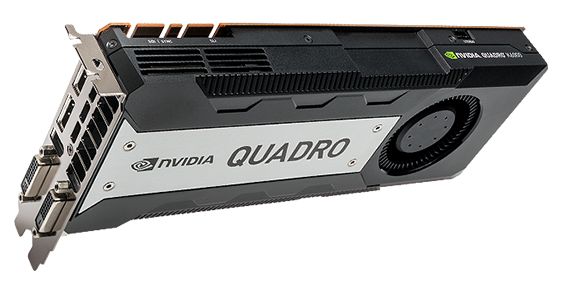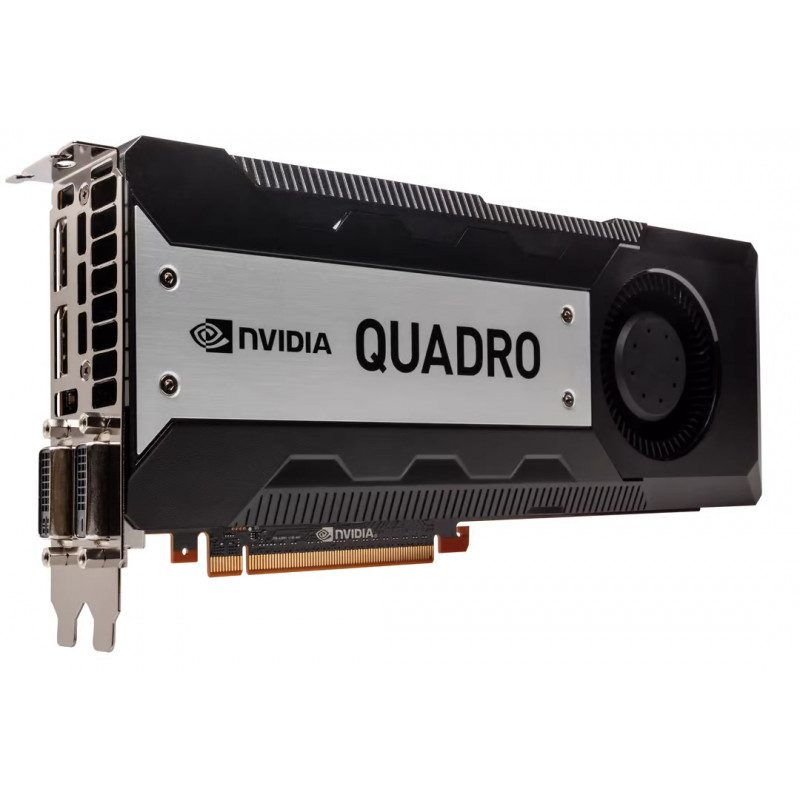

The rumored GK110-powered Quadro K6000 brings double precision performance up to approximately 1 TFLOPS, which is quite the jump and shows that GK104 really was cut down to focus on gaming performance! Further, the card that the K6000 is replacing in name, the Quadro 6000 (no prefixed K), is based on NVIDIA’s previous-generation Fermi architecture and offers. The Quadro K5000 which uses GK104 brings an abysmal 90 GFLOPS of double precision.

The Quadro cards are in an odd situation when it comes to double precision floating point performance.

Also, note that the (rumored) K6000 specs put it more in like with the Tesla K20 than the K20X, but as it is the flagship Quadro card I felt it was still fair to compare it to the flagship Telsa and GeForce cards. A comparison between the rumored K6000 card, the Quadro K5000 (GK104), and other existing GK110 cards is available in the table below. Interestingly, this Quadro K6000 graphics card has one less SMX unit than NVIDIA’s Tesla K20X and even NVIDIA’s consumer-grade GTX Titan GPU. The K6000 card will likely have 5GB of GDDR5 memory, like its Tesla K20 counterpart. Dubbed the K6000 (and in line with the existing Kepler Quadro cards), the high-end workstation card will feature 13 SMX units, 2,496 CUDA cores, 192 Texture Manipulation Units, 40 Raster Operations Pipeline units, and a 320-bit memory bus. If rumors hold true, professionals may get access to a K6000 Quadro card after all, and one that is powered by GK110 as well.Īccording to rumors around the Internet, NVIDIA has reserved its top-end Quadro slot for a GK110-based graphics card. The updated line introduced four new Kepler cards, but the Quadro 6000 successor was notably absent from the NVIDIA announcement. Earlier this week, NVIDIA updated its Quadro line of workstation cards with new GPUs with GK104 “Kepler” cores.


 0 kommentar(er)
0 kommentar(er)
